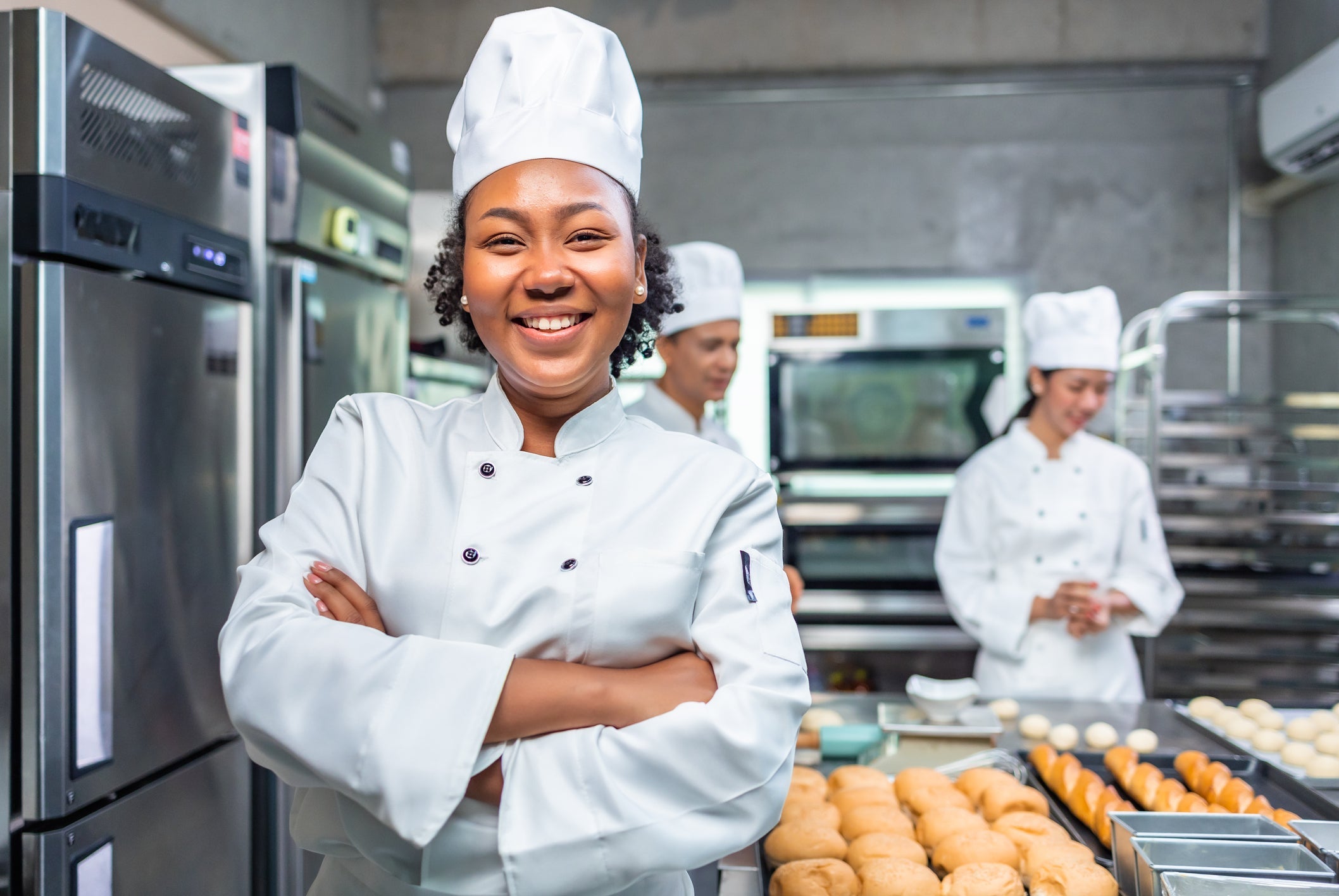The importance of maintaining high standards of hygiene in the restaurant industry cannot be overstated. In an environment where food is being prepared, cooked, and served, any lapse in hygiene can pose serious risks to customers and staff alike. For this reason, it's essential to learn how to adhere to the best practices in maintaining a clean and safe working environment.
Personal Hygiene
It is crucial for restaurant workers to maintain excellent personal hygiene, as they are in direct contact with food and utensils throughout their shift. This includes:
Handwashing: Frequent and thorough handwashing is essential. Workers must wash their hands with soap and warm water for at least 20 seconds before and after handling food, after using the restroom, and after touching any contaminated surfaces. Proper handwashing technique includes scrubbing the backs of hands, between fingers, and under nails.
Protective Clothing: Restaurant workers must wear clean and appropriate clothing, such as a hairnet, hat, or headscarf, to prevent hair from falling into the food. They should also wear gloves when handling ready-to-eat food items and change them frequently to avoid cross-contamination.
Illness: Employees must be vigilant in monitoring their health. If they are experiencing symptoms such as fever, vomiting, or diarrhea, they should not report to work, as these symptoms can be indicative of a contagious illness that could easily spread to customers.
Kitchen Sanitation
A clean and well-organized kitchen is essential for preventing the spread of bacteria and other contaminants. Some key points to consider include:
Cleaning and Disinfecting: Surfaces and utensils should be cleaned and disinfected regularly, particularly those that come into contact with food. This includes cutting boards, countertops, and knives. Restaurants should use a sanitizing solution that is approved for food contact surfaces.
Proper Food Storage: Food items must be stored at the correct temperatures to prevent bacterial growth. Raw meat, poultry, and seafood should be kept separate from ready-to-eat foods to avoid cross-contamination. Containers should be clearly labeled with the date of storage and expiration.
Pest Control: Regular inspections and preventive measures should be implemented to keep pests such as rodents and insects at bay. This includes sealing any cracks and gaps in walls and floors, keeping trash bins tightly closed, and using proper pest control methods.
Food Handling and Preparation
Proper food handling and preparation techniques are crucial to ensure the safety of the food being served. This involves:
Temperature Control: Cooking food at the correct temperature is vital for killing bacteria and preventing foodborne illnesses. Restaurant workers should be trained to use a food thermometer to check internal temperatures of meats and other high-risk items.
Cross-contamination Prevention: Workers must be cautious not to cross-contaminate food during preparation. Separate cutting boards and utensils should be used for raw and ready-to-eat foods, and hands should be washed regularly to avoid transferring bacteria.
Food Allergen Awareness: Employees must be knowledgeable about common food allergens and be able to communicate this information to customers. They should also be trained on how to handle and prepare food for customers with allergies to prevent cross-contamination.
Ongoing Training and Compliance
To ensure that all staff members are up-to-date with the latest hygiene safety practices, ongoing training and compliance are crucial. This includes:
Regular Training: Restaurant workers should receive regular training on proper food handling, sanitation, and hygiene practices. This can be done through in-person sessions, online courses, or educational materials provided by local health departments or industry organizations.
Monitoring and Inspection: Regular internal audits and inspections should be conducted to ensure that hygiene safety standards are consistently being met. External inspections by local health authorities can also help identify areas for improvement and ensure compliance with local regulations.
Open Communication: Encourage a culture of open communication, where staff members feel comfortable reporting hygiene concerns or potential hazards. This enables management to address issues promptly and maintain a safe working environment for everyone.
Maintaining high standards of hygiene safety in a restaurant setting is of paramount importance. By adhering to best practices in personal hygiene, kitchen sanitation, food handling, front-of-house cleanliness, and ongoing training, restaurant workers can ensure that their workplace remains a safe and enjoyable environment for both customers and staff.
A Guide to Hygiene Safety for Restaurant Workers

